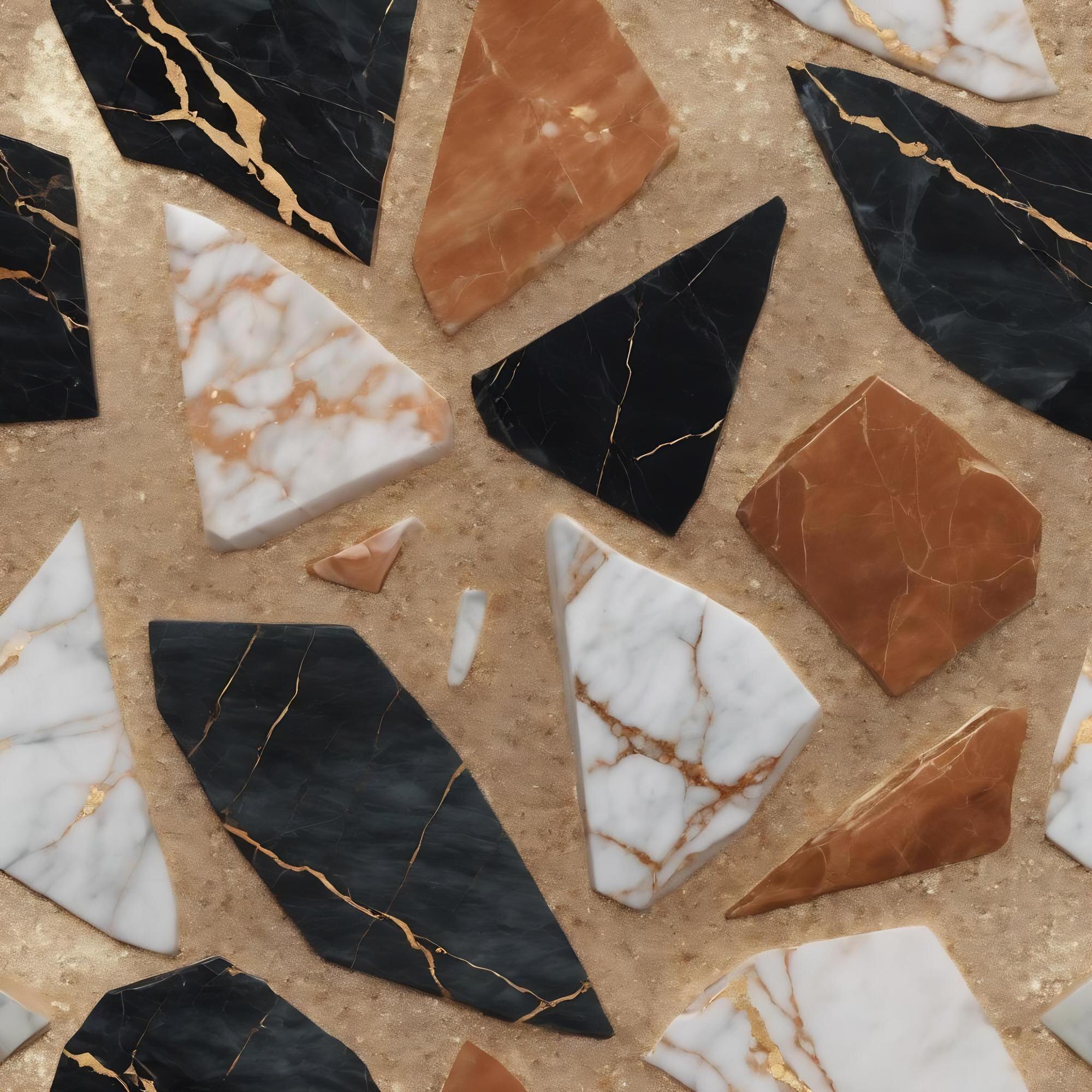Natural Stone Costs: 8 Key Pricing Factors
Natural stones are a cornerstone of architectural and interior design, celebrated for their durability, timeless beauty, and unique aesthetics. Whether used in flooring, countertops, or decorative elements, materials such as marble, granite, travertine, and onyx add elegance and value to any space. However, natural stone costs can vary significantly, influenced by numerous factors. Understanding these variables is essential for making informed decisions, whether you’re a homeowner, contractor, or designer. In this article, we’ll explore the key elements that shape the pricing of natural stones and offer insights into managing costs effectively.

1. The Importance of Stone Type and Quality
The type and quality of a natural stone are among the most critical factors affecting its price. Premium stones like Carrara marble, Calacatta gold, or exotic granites often fetch higher prices due to their beauty, rarity, and association with luxury. The stone’s durability, texture, color uniformity, and natural patterns also play a crucial role. High-quality stones with fewer flaws and consistent patterns are generally more expensive because they meet the expectations of high-end projects. Furthermore, stones quarried from specific regions with superior geological characteristics tend to command a premium in the market.
2. Extraction and Processing: A Labor-Intensive Journey
Natural stones undergo a rigorous journey from quarries to finished products. This process significantly impacts their cost. Extraction often involves the use of heavy machinery and skilled labor, particularly for harder stones like granite or quartzite. After extraction, stones are cut, shaped, polished, and treated to enhance their appearance and functionality. Each step requires specialized equipment and expertise, adding to the overall price. For instance, polished and honed finishes are more expensive than natural or rough-cut options, as they demand additional time and resources.
3. Geographic Source and Transportation Costs
The origin of the stone is another major factor in determining its price. Locally sourced stones are often more affordable than imported varieties due to reduced transportation costs. However, imported stones, especially those from renowned regions like Italy, Brazil, or India, may be preferred for their unique colors, patterns, and textures. The logistics of transporting heavy materials like natural stone from quarries to processing facilities and ultimately to the end-user can add a significant cost. Factors such as shipping distance, fuel prices, and tariffs on imported goods all influence the final price.
4. Size, Thickness, and Customization
The dimensions of a stone slab or tile directly impact its cost. Larger slabs are typically more expensive due to the additional material and effort required to extract and handle them. Similarly, thicker stones are costlier as they provide greater durability and are more challenging to process. Customizations such as intricate cuts, edge profiles, or tailored designs further elevate costs. For example, custom stonework for kitchen islands or fireplace surrounds often requires additional craftsmanship, which increases the overall price.
5. Project Complexity and Labor Costs
The complexity of a project and associated labor costs are pivotal in determining natural stone pricing. Simple installations, such as standard flooring or countertop placements, are relatively straightforward and less expensive. However, complex designs like mosaic patterns, curved edges, or multi-surface applications require skilled artisans and more time, which can drive up costs. Additionally, preparation work, including surface leveling, substrate reinforcement, and finishing, adds to labor expenses, especially for large-scale projects.
6. Market Trends and Demand Fluctuations
Like any commodity, the natural stone market is influenced by trends and demand fluctuations. Certain stones become fashionable due to their unique aesthetic or compatibility with contemporary design trends. For instance, a surge in demand for white and gray marbles or sustainable options like recycled stones can lead to temporary price spikes. Similarly, global economic factors, such as supply chain disruptions or increased construction activity, can affect availability and pricing. Staying informed about market conditions can help buyers plan their purchases strategically.
7. Sustainability and Eco-Friendly Practices
In recent years, sustainability has become a significant factor in the natural stone industry. Environmentally conscious buyers often seek out stones sourced from quarries with ethical mining practices or those that use energy-efficient processing methods. Recycled or reclaimed stones are also gaining popularity as they reduce waste and promote sustainable building practices. While these options can sometimes be more expensive due to limited availability, they align with the growing demand for environmentally friendly materials and contribute to a project’s long-term value.
8. Added Costs: Maintenance and Lifespan
While the initial cost of natural stone is a primary concern, it’s also important to consider long-term expenses like maintenance and repair. Different stones have varying durability and care requirements. For example, porous stones like marble or limestone may require periodic sealing to prevent staining, while granite and quartzite are more resistant to wear and tear. Factoring in these long-term costs can provide a more accurate picture of the stone’s value over its lifespan.
Conclusion
The pricing of natural stones is shaped by a multitude of factors, from the type and quality of the material to its origin, processing, and project-specific requirements. By understanding these variables, buyers can make informed choices that balance budget constraints with aesthetic and functional goals.
Platforms like MarbleMap.co simplify the process by connecting suppliers and buyers, offering tools for price comparison and access to a diverse selection of natural stones. Whether you’re sourcing materials for a residential renovation or a large-scale commercial project, leveraging industry insights and expert guidance is key to achieving the best outcomes.
Natural stones are not merely construction materials; they are investments in beauty, functionality, and longevity. By considering all the factors that influence their cost, you can ensure your project achieves its desired impact while staying within budget.



